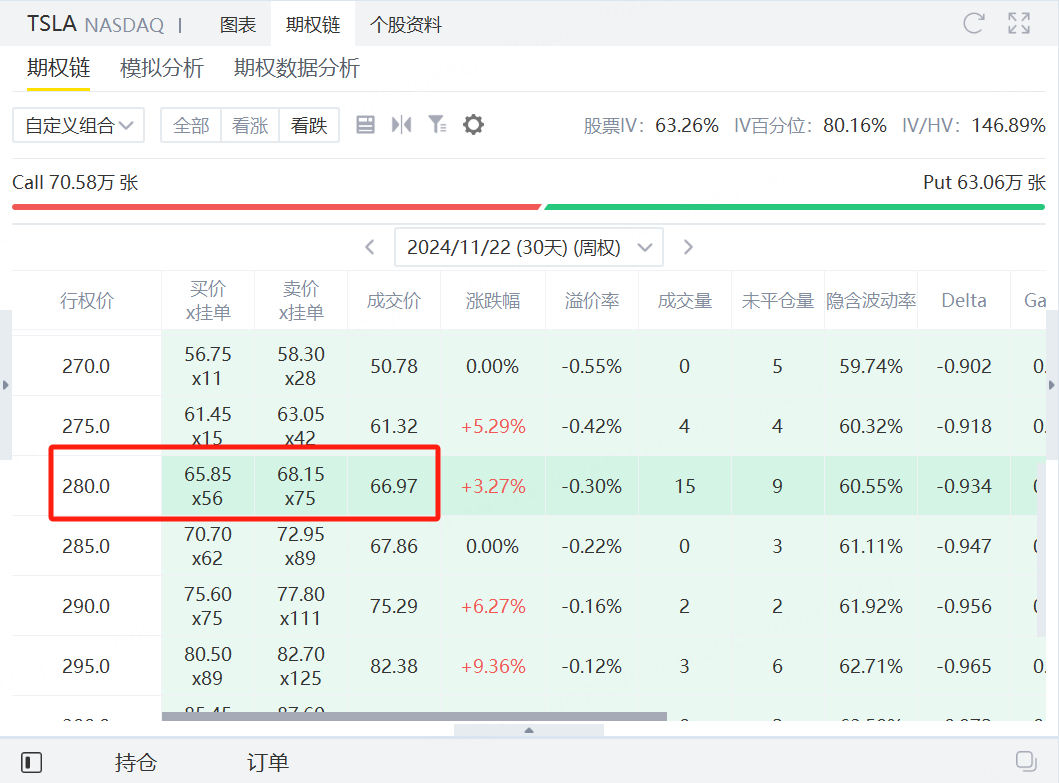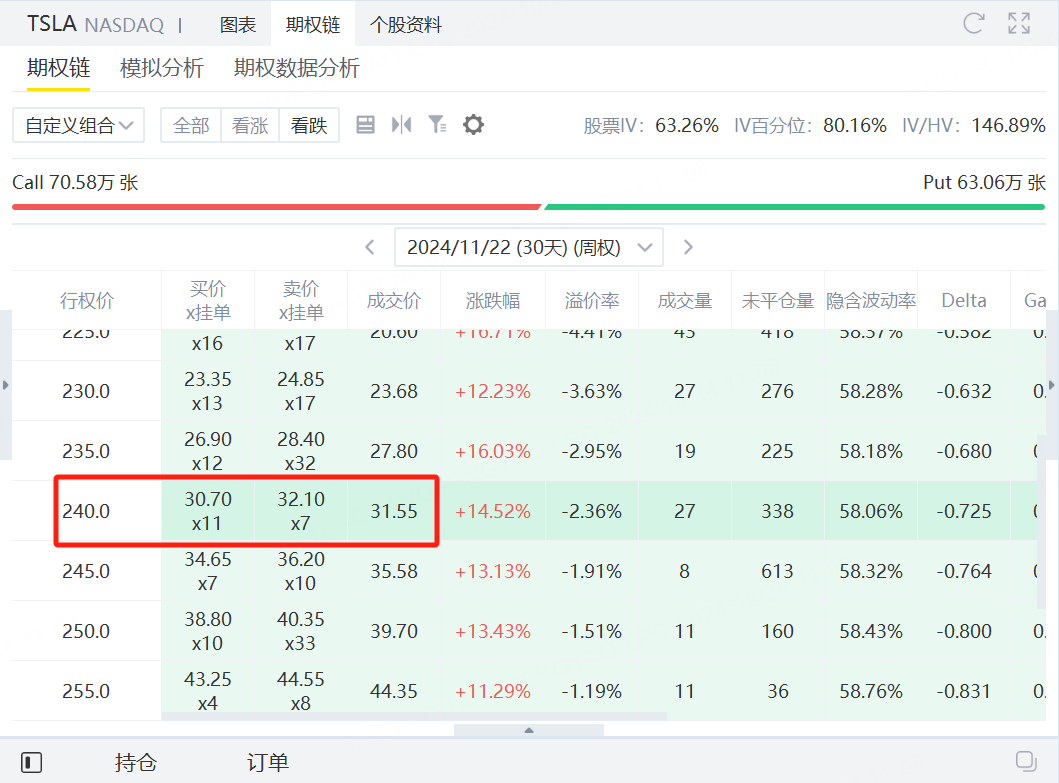Amidst a challenging automotive market and rising competition in the electric vehicle sector, $Tesla Motors(TSLA)$ managed to deliver a surprising turnaround in third-quarter profits.
This success is largely due to record-high profits from its energy storage business, as well as reduced production and material costs in its automotive sector.
Automotive Performance
In the automotive business, Tesla reiterated its plan to start producing ultra-low-cost cars and other new models in the first half of next year. Additionally, Tesla announced that the Cybertruck, delivered for the first time last November, has achieved a positive gross margin.
Despite economic challenges, Tesla saw positive growth in deliveries only by the third quarter of this year. Nonetheless, the company expects to slightly surpass last year's total deliveries by the end of the year.
During the earnings call, CEO Elon Musk offered a “rough estimate” that even with potential external headwinds, next year’s delivery numbers could increase by 20% to 30%. He emphasized that this is merely a “best guess.” Musk also highlighted the prototype Cybercab showcased, stating that the Cybercab is expected to enter mass production in 2026, targeting 2 million units per year.
Market analysts suggest that Tesla's forecast indicates a rebound in electric vehicle demand. Tesla noted that demand in China continues to outpace the U.S. and Europe, describing it as one of the three major drivers of the EV market.
Following the earnings report, Tesla’s stock, which closed down about 2% on Wednesday, surged nearly 12% in after-hours trading and continued its upward trajectory.
New Models on the Horizon
Regarding its broader automotive plans, Tesla still aims to start producing new, more affordable models from the first half of 2025. These models will utilize both next-generation and existing platforms, allowing them to be manufactured on the same production lines as current models.
During the call, Musk hinted that the price of an affordable electric car could be below $30,000, but he did not confirm whether the rumored Model 2 would be priced at $25,000. For investors looking to jump into Tesla after the earnings report, a bull put spread strategy could be a viable option.
What‘s a Bull Put Spread Strategy?
A bull put spread involves selling a put option while buying another put option with the same expiration date but a lower strike price on the same underlying asset. Since the premium received from selling the put is higher than the premium paid for buying the lower-strike put, investors typically collect a net premium.
This strategy is suitable when investors expect a moderate rise in market prices and want to limit their downside risk in case of a market drop.
Establishing a Bull Put Spread
Step 1: Sell the put option with $280 strike price and expiring November 22, receiving a premium of $6,697.

1. Net Premium Income:
- Selling the $280 put: premium received = $6,697
- Buying the $240 put: premium paid = $3,155
- Net premium income = $6,697 - $3,155 = $3,542
2. Maximum Profit:
- Maximum profit occurs if Tesla’s stock price is above $280 at expiration.
- All options expire worthless, and you keep the net premium.
- Maximum profit = $3,542
3. Maximum Loss:
- Maximum loss happens if the stock price falls below $240, causing both options to be exercised.
- You’ll have to buy Tesla stock at $280 (from the sold put) and sell it at $240 (from the bought put), creating a $40 difference per share.
- Total loss = $40 × 100 shares = $4,000
- Maximum loss = $4,000 - $3,542 (net premium) = $458
4. Summary:
- Maximum profit: $3,542 (if Tesla’s stock stays above $280).
- Maximum loss: $458 (if Tesla’s stock falls below $240).
- Breakeven point: $244.58
This strategy is ideal if you believe Tesla's stock will stay above $244.58 and not drop below $240.

Comments